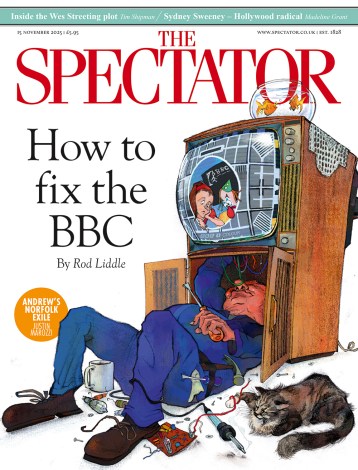Forget Bernie Madoff. The biggest Ponzi scheme in history is unfolding before your very eyes. If you have money in the bank, you will be a victim.
The rot set in on 15 August 1971. That was the date on which the Nixon administration, reeling from the costs of the Vietnam war, unilaterally took the dollar ‘off gold’, ending fixed convertibility between the US currency and the precious metal. From that day to this, the currencies of the world have been backed by nothing more substantial than politicians’ promises.
It was not always thus. Throughout history, man has used a variety of things as money, including cattle, shells, tobacco and cotton. But over time, precious metals won out over all their rivals on account of their scarcity, durability and beauty. Paper money itself is a comparatively recent phenomenon. We use it today as a matter of course and convenience. But unbacked paper (‘fiat’) money is a distinctly modern experiment, and one that looks set to end in tears.
As the second protagonist in today’s Ponzi scheme, enter the banks. The modern banking system operates on what is called a fractional reserve basis: only a fraction of a bank’s deposits are kept as liquid reserves. The rest are lent out, re-deposited, and re-lent elsewhere. This mechanism normally works tolerably well, though in the event of a systemic loss of confidence, it has the unfortunate side-effect of bank runs, as the example of Northern Rock testifies.
There is one huge side-effect of fiat money and fractional reserve banking, however: inflation. Monetary purists point out that inflation is not just defined as a rise in the prices of goods and services; rather, it is the rise in the money supply that tends to ignite the rising prices. To generate inflation, in other words, merely let politicians and central bankers print money and let their banker friends create more. Paper money in conjunction with fractional reserve banking is inherently inflationary. Former US Fed chairman Alan Greenspan admitted as much in 2005: ‘We can guarantee cash benefits as far out and at whatever size you like, but we cannot guarantee their purchasing power.’ In other words, central bankers can print as much money as you want — just don’t expect it to be worth anything.
In The Ethics of Money Production, Professor Jörg Guido Hülsmann argues that our monetary institutions ‘allow an alliance of politicians and bankers to enrich themselves at the expense of all other strata of society’. So as savers and investors we are forced to play an inflationary game not of our own making, using rules designed by politicians and the banking lobby to dispossess us of our true wealth. The authorities’ latest wheeze is the currency depreciation that comes with quantitative easing (a polite term for money-printing), the purpose of which is to refloat a sunk banking sector by instilling illusory faith in the buoyancy of asset prices. As Keynes said, the process of currency debauchery ‘engages all the hidden forces of economic law on the side of destruction, and does it in a manner which not one man in a million is able to diagnose’.
Happily, there is a powerful set of weapons in this war against governments and banks: real assets. We tend to think of investments in pure financial terms, but tangible assets are our best defence against institutionalised inflation and currency degradation. You might wonder why the price of gold has reached a new record, or why silver is testing a high it last reached over 30 years ago. The answer is that gold and silver are natural money, and always have been. Unlike paper money, which requires the apparatus of the state to compel its use, gold and silver were never forced on us. They are now regaining monetary status as investors lose faith in paper. The ultimate question, then, is not how much gold is worth in dollars, but how much the dollar is really worth in anything. Even before the Arab Spring, a resurgent oil price was also displaying classic ‘anti-dollar’ characteristics.
Governments have become addicted to inflationism. This was always a plausible destination given the extent of debt flooding the world. In addition to precious metals, there is almost certainly merit to exchanging fundamentally worthless paper for agricultural investments, shares in real businesses — blue chip companies creating true economic value and wealth for their shareholders and stakeholders — and high-quality land, particularly farmland. Ominously, these were precisely the best performing assets during the Weimar hyperinflation of 1923. We have been here before.
Tim Price is Director of Investment at PFP Wealth Management





Comments